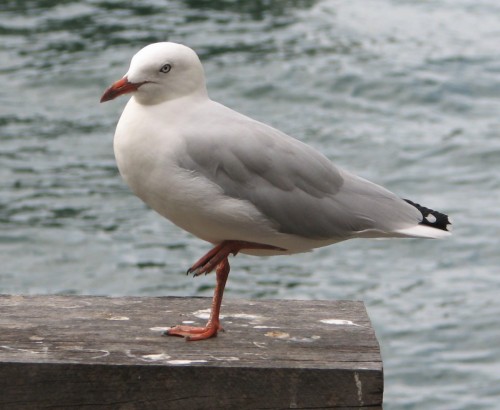Writing and the frustrations of moving house
This year I have set myself a goal of averaging about four hours of writing and blogging every day. Some days are good, some days are great and then some days are…not so good. So far I am ahead of schedule but there is the constant threat of life getting in the way.
New Sleeping Arrangements:
Last week our new bed arrived. We been talking about replacing the old one for some time now. Aching backs from a sagging mattress was the final straw that broke the camel’s back… well actually, we don’t let camels sleep in our bed. So we went and bought a new bed. Very cosy. It hhhhuuuuggggs your body. Very nice. I am definitely sleeping better.
Reorganisation:
Part of the decision about the bed included a total reorganisation of our home. No – we are not moving house, but it feels like it. The new bed went straight into the guest bedroom which meant that the old bed there had to move out first. Now we need to clean out our old bedroom and convert that into a new office. Big job. Plenty of hassles and frustrations. Then the existing office will become the guest room but it has to been cleaned out of office stuff first. Then it will need new carpet. It is like we are rotating our rooms in an anticlockwise direction. It is like moving house but you don’t change your address.
Writing Time:
All this extra effort is hard physical work and time consuming. It also means less time for reading and writing. This can mean frustrations and unnecessary anxieties. And life still goes on all around with all of the expectations of other people. Still, when finished, I will have a lovely “new” office with a much nicer view from the window looking out over the garden.
Related article:
Idiom #16 A Sitting Duck
This week’s idiom: “A sitting duck.”
Meaning:
Someone or something that is ‘a sitting duck’ is an easy to hit target. Someone who is a ‘sitting duck’ is open to an easy physical or verbal attack.
Origin:
This expression quite obviously comes from hunters, and duck shooters in particular. A sitting duck, on merely bobbing on the surface of the water, as opposed to one swimming, diving, dabbling or flying, is an easy target for the shooter.
Example:
Left alone on stage, he was completely at the mercy of the angry crowd. James felt like a sitting duck.
Disclaimer 1: The writer of this blog in no way endorses duck shooting.
Disclaimer 2: No ducks, nor any other birds, were harmed in taking the photo below.
Please note:Â The photo below shows a STANDING duck. I don’t have a photo of a sitting duck – yet. (So use your imagination.)
How I keep track of my blogging schedule
I am trying to keep alive the juggling act of writing three blogs simultaneously. I try to post a new article on each blog every day. I don’t always succeed but I’m getting better. Regular posting like this hopefully keeps the readers returning regularly and this repeat traffic is important.
Forward Planning:
Most of the time I plan my topics and posts well in advance. Many articles are also written days or even weeks ahead of when they are published on the web. This helps to even out the workload and allows for emergencies. Knowing that I have a new article coming on every day for the next three days, for example, eases the mind if something unexpected occurs.
Record Chart:
Keeping track of these posts and plans is the key to forward planning. I’ve devised a simple way that works for me. I have a chart drawn up in MSWord. This chart has four columns. The first column is for the date. The other three columns are for the three blogs I publish, one column for each blog. As I write each article, I type its title in a bold font next to the date it will be published. At a glance then I can see upcoming posts and when they will appear. I can also see dates with no upcoming posts and I can then work on writing articles for them.
Other ideas:
For ideas for posts I use two parts of the chart. Where there are spaces I type in ideas ahead of time. These are not in a bold font and act as prompts for future writing. For example, I might plan to write a series of writing hints and publish them every Monday over the next four weeks. So on the chart I type “writing hint” every Monday for four weeks.
Virtual scribbling Pad:
I also have a space under the chart that I use as a virtual scribbling pad. It used to be on a pad alongside my computer, but other things kept on being put on top. On this scribbling pad I jot down ideas for future posts. Some I use, some just sit there for another day, or week or month; some may never be used but they are there so I don’t forget my ideas. You never know when you might be scratching for an idea.

